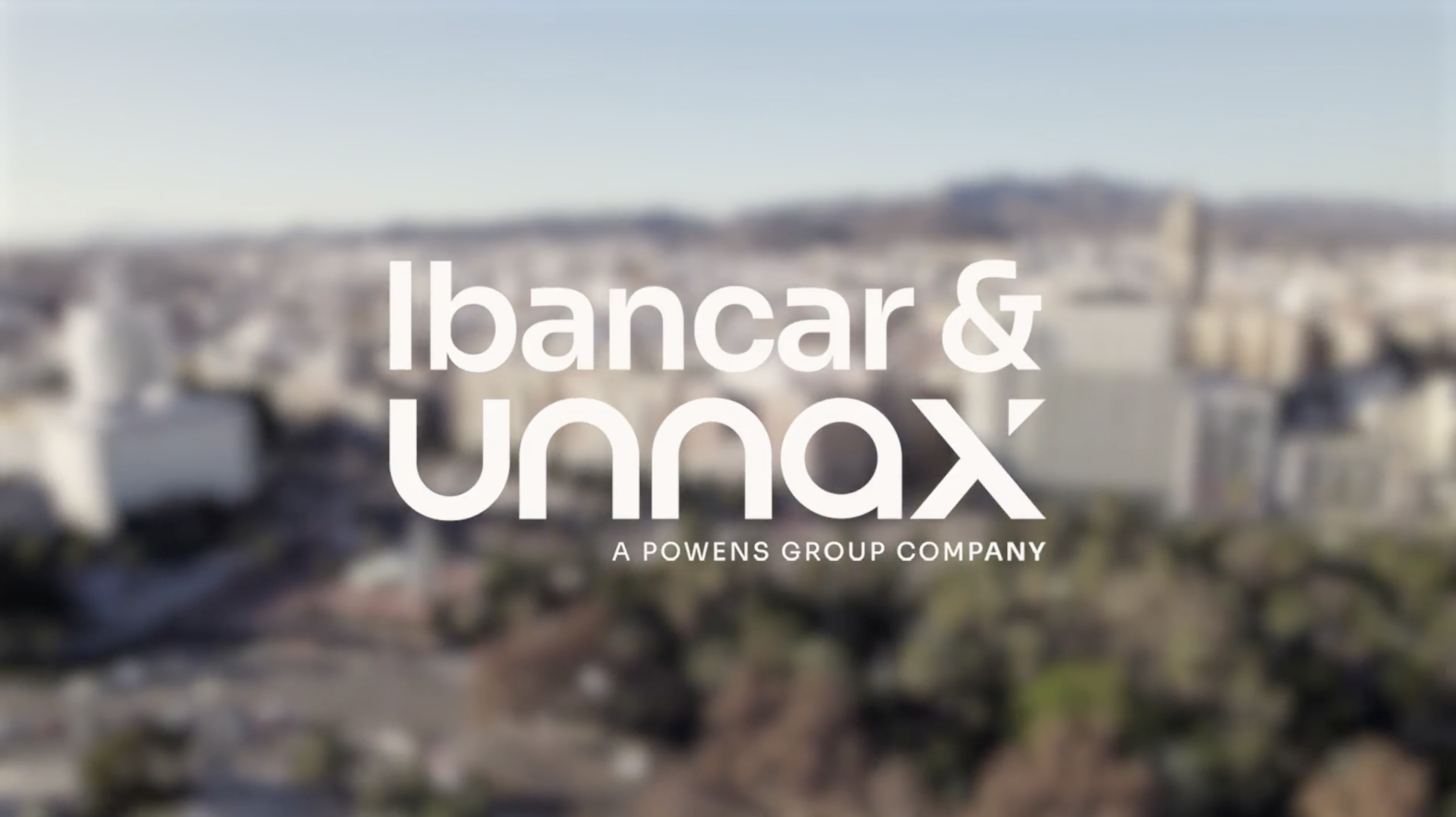The day is finally here: on 13 January, the new UN Directive on Payment Services, PSD2, went into effect. But let’s take it in parts. If there’s a PSD2, there must be a PSD1. As the name indicates, both directives were passed to regulate payment services in what is known as the SEPA area. The first directive –still unaware of the future situation that would come with the arrival of FinTech companies, which is in large part the origin of the second directive- regulated bank payments and direct debit. This way, PSD1 standardised conditions, rights and obligations of individuals and companies throughout the EU in terms of payments and charges (authorising some 2,000 payment and e-money institutions to operate in the European Union).
That was the first, timid movement towards opening up the financial sector. The true revolution came through FinTech firms. As we’ve spoken about in other posts on the blog, FinTech companies like Unnax use technology to offer banking services with value added. Some of the activities that have come to be regulated under the new PSD2 were already being offered. However, the new regulation will put an end to the legal limbo that existed, level the playing field and should boost transparency, promote competition and put consumers at the centre. All without sacrificing security.
The consumer, at the centre for PSD2
As a first step, PSD2 makes it possible (with express authorisation from the client) for banks and registered non-banking digital entities (such as FinTech companies) to gain access to the banking details of a client (individual or company) in real time. This opens the door, in the near future, to consumers of financial products being able to choose which ones they want to use, which company (not necessarily a bank) to trust, etc. They will have access to a financial marketplace that they will use like Amazon is used today, to give the most well-known example in our area.
To put clients at the centre of this new era, the first thing the directive does is recognise them as the true owners of their data. This allows them to ask their bank to transfer their details to third parties when authorised to operate in their name. For now, the directive regulates two services: initiation of payment and account information.
So, consumers will be able to authorise any registered third party to, for example, pay in a shop (physical or electronic) by authorising payment from their bank account, without going through a credit card company or their bank. And this will be possible thanks to the fact that the directive regulates access to banking details for companies it considers third-party payment service providers (TPP), which can register as Account Information Service Providers (AISPs) and Payment Initiation Service Providers (PISPs).
The road to come with PSD2
As we’ve said, we’re still just at the beginning. Though it is an exciting, hopeful beginning both in terms of the business opportunities it opens up and the choices it gives consumers. Nevertheless, banks are still adjusting operations to adapt to the new European legislation, and some security measures won’t be fully in force until 2019 (the PSD2 introduces further measures for electronic payment). The best is yet to come.









